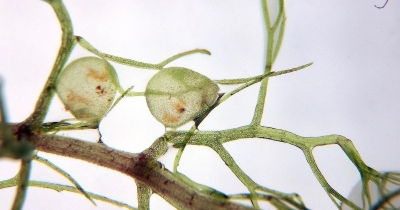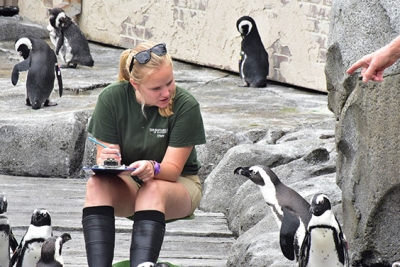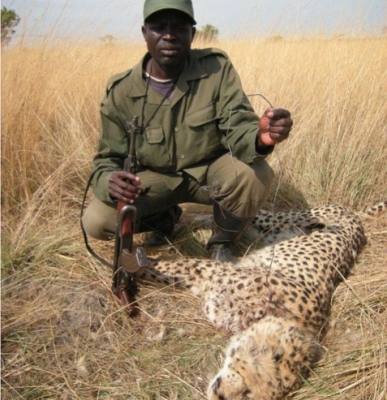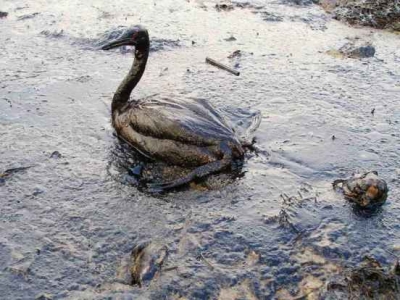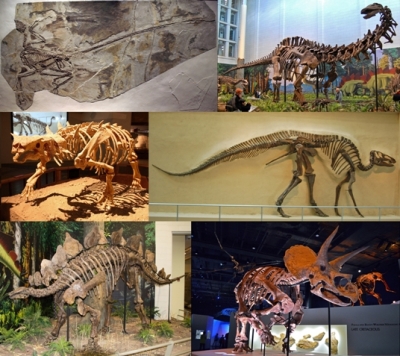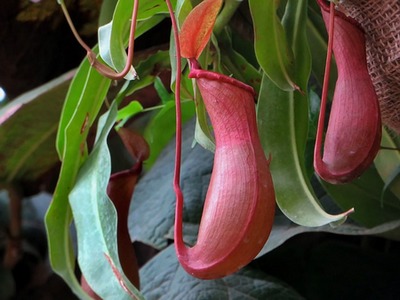
There are some seventy different varieties of Nepenthe, most of which grow in the tropical forests of Africa. These are rather strange plants which have clever traps to catch insects and other small creatures who are unwary enough to venture close to them.
The Nepenthe is a climbing plant which produces flowers in bunches. The plant’s insect-traps are located at the tip of the leaves. These traps are an extension of the main vein of the leaf and look like stems with a small bladder on the end. This bladder is known as the ascidium and insects are attracted by its colour and its sugary contents. The insects go inside the ascidium but they cannot get out again because of hundreds of little stiff, downward-pointing hairs. Below these is a highly polished area, without hairs, which is like a greased slide. The more the insect struggles, the farther down it slips until it drowns in an evil-smelling liquid.
Picture Credit : Google


